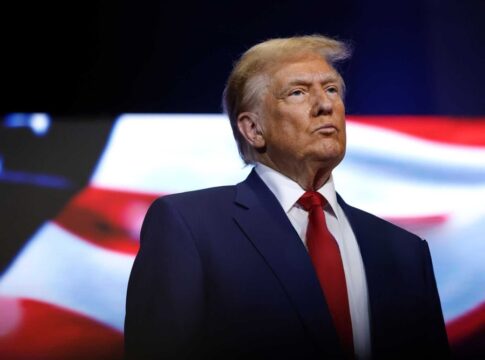The United States’ historical interest in Greenland has been a recurring theme in American foreign policy. The island’s vast resources and strategic location have made it an attractive prospect for multiple U.S. administrations. What rare earth elements are found in Greenland?
A History of American Interest in Greenland
The United States’ fascination with Greenland dates back to the 19th century, with several presidents expressing interest in acquiring the island. Andrew Johnson in 1867, William Taft in 1910, and Harry Truman in 1946 all considered the strategic value of Greenland.
During World War II, the U.S. occupied Greenland to prevent other nations from accessing it, highlighting its military significance. This occupation set the stage for future American interest in the region.
🚨In 1946, Truman offered #Denmark $100M to buy Greenland. Since WWII, the U.S. has maintained a military presence at Thule Air Base during Cold War. Trump’s has again renewed interest in acquiring #Greenland 🇬🇱 .
Trumpland Gulf of America Iceland #GreenlandIsNotForSale pic.twitter.com/DVtBnmb4w5
— Homskyra (@homskyra) January 7, 2025
Strategic and Economic Importance
Greenland’s strategic importance has grown with the emergence of the Northwest Passage, a new shipping route made accessible by melting ice. This development has heightened the island’s geopolitical significance in recent years.
The island also boasts significant reserves of rare earth elements, including Scandium, Yttrium, Dysprosium, and Neodymium. These resources have become increasingly valuable in modern technology and manufacturing.
US President-elect Donald Trump is serious about trying to acquire Greenland, both to expand America's sphere of influence in the Western Hemisphere and as a way to cement his legacy, according to three sources familiar with his thinking https://t.co/d43wp1srf1
— Reuters (@Reuters) January 9, 2025
Contemporary Interest and Future Prospects
The Trump administration’s exploration of acquiring Greenland from 2016 to 2019 reignited discussions about the island’s importance to U.S. interests. This move led to diplomatic tensions with Denmark, Greenland’s governing authority.
Greenland’s population of under 60,000 has a strong desire for independence but currently relies on Denmark for financial support. This situation presents a potential opportunity for the U.S. to support Greenland’s independence in exchange for economic and security benefits.

